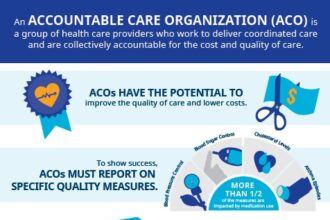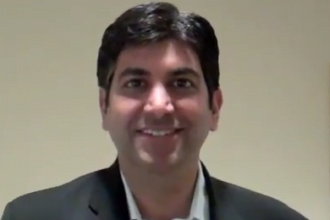 How much do you know about physicians in Japan and their use of digital resources? Please meet
How much do you know about physicians in Japan and their use of digital resources? Please meet ![]() our Doctors 2.0 & You ambassador in Japan, Jeffrey Schnack, and read this exciting interview by Denise Silber, Doctors 2.0 & You founder. He’ll of course be flying into Paris for Doctors 2.0 & You in June to tell us more !
our Doctors 2.0 & You ambassador in Japan, Jeffrey Schnack, and read this exciting interview by Denise Silber, Doctors 2.0 & You founder. He’ll of course be flying into Paris for Doctors 2.0 & You in June to tell us more !
For information about Doctors 2.0TM & You in Japanese, click here.
Denise Silber: Jeffrey, please present yourself and tell us what you find so fascinating about Doctors 2.0 & You, in particular from a Japanese perspective.
Jeffrey Schnack: Thanks, Denise. I am an American by birth but have lived and worked in Japan for most of my professional career. I founded my company 3Rock KK as a general strategic marketing consultancy 17 years ago, but we have since evolved to by almost exclusively focused on healthcare. The reason for that is that as elsewhere, Japan’s healthcare system is struggling with the care vs. cost equation. But specifically, Japan will be the first country to encounter a severely graying population. That wave will be too large, and traditional ideas won’t suffice to avoid it from bankrupting the country. I want to contribute in some small way to improving care while helping to drive costs down, and technology is a key piece to the puzzle. Also, the regulatory environments in Japan and the EU are fairly similar, so there is a lot to gain from exchanging information between practitioners and other stakeholders on both sides.
DS: Would you briefly describe how many physicians there are in Japan and some specificities about the practice of medicine in Japan?
JS: There are about 450,000 licensed physicians in Japan. One of the key differences between this market and others is that there are very few post-licensing requirements for physicians. That means no real CME requirements, and from a practice perspective very few certifications – so physicians can more freely choose to focus on one or more specialties (internal medicine, dermatology, respiratory, etc.) as they like. So there is a big difference in knowledge levels – physicians that aggressively keep up are very well-informed, but others remain very old-school. As in other countries, physicians are very pressed for time, but unfortunately, for cultural and other reasons, the nurses and co-medicals around them have not been able to help shift that burden. We see a big opportunity for technologies that help enable and improve the physician-patient communication before, during, and after the 3- or 5-minute diagnostic consultation, which is about all the time and attention a physician can typically afford to give personally.
DS: Where are the Japanese physicians in their use of digital tools?
JS: Smartphone usage is in the high deciles, and one now sees tablets in use at many facilities, but these are still mostly on an individual basis and not tied into the hospital or practice systems. Physicians use them mostly to check online drug information libraries and read the latest research abstracts. Almost all diagnostic questionnaires, etc. are still paper-based. Over the last 12 months or so, pharma companies and other stakeholders have started to offer diagnostic and reference apps and tech-savvy physicians are using those and recommending them to their patients. But most physicians are conservative and so uptake has been slow.
Perhaps the most important recent change involving technology has been the heavy adoption of e-detailing in Japan. This market really pioneered the practice, and by now the vast majority of physicians have registered at occasionally visit these sites to download and view presentations by pharma and device manufacturers. Both the time constraints I mentioned above and the recent “Sunshine” regulations that limit excessive entertainment by suppliers have made the electronic option more attractive to physicians wanting to get updated information from industry.
DS: What about online physician communities in Japan?
JS: These have started to proliferate in the last year or so. The e-detailing vendors offer physician discussion forums as a free benefit within their systems. And recently both general and specialty-specific communities (e.g. ophthalmology) have also started operation.
DS: What about Japanese patients and the use of the internet? Are there examples of empowered patients in Japan?
JS: Patients are very active using the internet for research, and there are many examples of lively discussions and go-to experts that are active in sharing their own patient experiences in online blogs, managing discussion boards, etc. But interestingly from a cultural standpoint, many of these e-patients remain known only by their online nicknames. Instances of patients that share their real names and personal information online are much less than in the US, and for that reason for instance discussion of health issues is less prevalent on Facebook than on platforms that only require an alias and avatar.
DS: What else should we know about digital health in Japan?
JS: The Japanese government has so far provided very little guidance regarding the use of social media, apps, or other digital technologies in the healthcare space, and in this traditionally more risk-averse culture that means companies have been very cautious about moving forward. But some pioneers are starting to move and as they do, others are very quick to follow and improve on what has come before. Things are at a tipping point and I expect to see much more widespread experimentation in the coming year.






